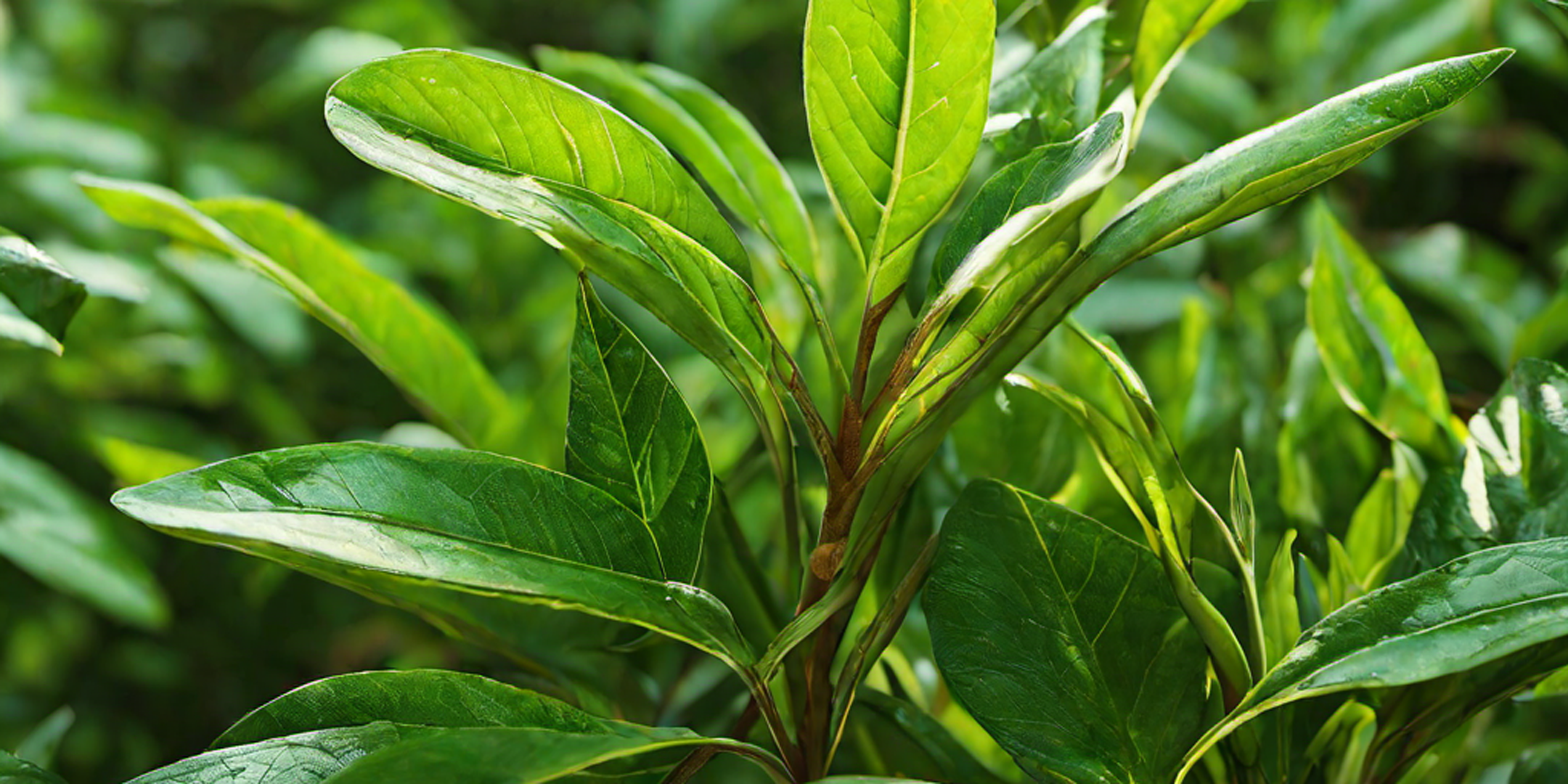From the picturesque tea plantations of Darjeeling to the sprawling estates of Assam, the world's top tea-producing regions offer a sensory journey like no other. With a perfect blend of climate, altitude, and soil conditions, these regions produce some of the finest teas that awaken both the palate and the soul.
In Darjeeling, nestled amidst the misty Himalayas, tea lovers can experience the delicate flavors of the famous Darjeeling tea, known for its muscatel notes and distinctive aroma. Journeying further east, Assam welcomes visitors with its robust and malty black teas, celebrated for their full-bodied flavor, perfect for a strong morning brew.
Exploring these tea-producing regions not only offers a chance to savor exquisite teas but also provides an opportunity to witness the centuries-old traditions of tea cultivation. From plucking the leaves to the meticulous processing techniques, every step is an art that has been passed down through generations.
Whether you're a tea enthusiast or simply curious about the origins of your favorite brew, delving into the top tea-producing regions of the world is sure to be a captivating experience that will deepen your appreciation for this ancient and cherished beverage.
Why tea is popular worldwide
Tea ranks as the world's second most consumed beverage, just behind water, enjoyed by millions globally. With its wide range of flavors and health benefits, it has captured the hearts and taste buds of people from all walks of life. The global popularity of tea can be attributed to several factors.
Firstly, tea is a versatile drink that can be enjoyed hot or cold, making it suitable for any season or occasion. Whether it's a steaming cup of black tea on a chilly winter morning or a refreshing glass of iced tea on a hot summer day, there is a tea for every mood and preference.
Secondly, tea has been deeply ingrained in the cultures and traditions of many countries. From the elaborate tea ceremonies of Japan to the afternoon tea rituals of the British, tea has become a symbol of hospitality, relaxation, and socialization. It brings people together and fosters connections, making it more than just a beverage.
Lastly, the health benefits associated with tea have also contributed to its popularity. From boosting the immune system to aiding digestion, tea is known for its various therapeutic properties. With the increasing focus on wellness and natural remedies, more and more people are turning to tea as a healthier alternative to sugary drinks or caffeine-heavy beverages.
Exploring The Top Regions
Darjeeling - The Champagne of Teas
Nestled in the misty hills of the Indian state of West Bengal, Darjeeling is renowned for producing some of the most exquisite and sought-after teas in the world. Often referred to as the "Champagne of Teas," Darjeeling tea is known for its delicate flavors, floral notes, and distinct muscatel aroma.
The distinct terroir of Darjeeling, characterized by its high altitude, cool climate, and well-drained soil, creates ideal conditions for cultivating tea. The combination of misty mountain air, abundant rainfall, and ample sunshine results in teas that are truly exceptional.
Darjeeling teas are primarily of the black and oolong varieties, although some green and white teas are also produced. The first flush, harvested in spring, is highly prized for its light and floral character, while the second flush, picked in summer, offers a more robust and muscatel flavor. The autumn flush, although less well-known, produces teas with a distinct and mellow taste.
Visiting the tea estates of Darjeeling is a treat for the senses. The rolling hills covered in emerald green tea bushes create a breathtaking panorama. Tea enthusiasts can take guided tours of the plantations, learning about the intricacies of tea cultivation and processing. Tasting sessions allow visitors to sample a range of Darjeeling teas, experiencing the subtle nuances of each cup.
Assam - The Land of Bold and Malty Teas
Located in the northeastern part of India, Assam is the largest tea-producing region in the country and is renowned for its bold and malty black teas. The fertile plains of the Brahmaputra Valley, with their rich alluvial soil and humid climate, provide the ideal conditions for growing tea.
Assam teas are known for their strong, full-bodied flavor, which pairs perfectly with milk and sugar. The teas from this region are often referred to as "breakfast teas" due to their robust nature and ability to provide a strong caffeine kick to start the day.
The tea estates of Assam are spread across vast expanses of land, showcasing the sheer scale of tea production in the region. Visitors to Assam can witness the entire tea production process, from plucking the leaves to the final packaging. Many tea estates offer guided tours, allowing visitors to learn about the history, culture, and traditions of Assam tea.
Exploring the tea gardens of Assam is a feast for the eyes, with miles of manicured tea bushes stretching as far as the eye can see. The tea estate bungalows, with their colonial charm, provide a unique opportunity to stay amidst the tea gardens and experience the tranquility of the surroundings.
China - The Birthplace of Tea
China, often referred to as the birthplace of tea, has a rich tea culture that dates back thousands of years. It is one of the largest tea-producing countries in the world, known for its diverse range of teas and intricate tea ceremonies.
The tea regions of China are as diverse as the teas they produce. From the misty mountains of Yunnan, where ancient tea trees grow, to the terraced hills of Fujian, home to the famous oolong teas, each region offers a unique tea experience.
Green tea is the most common type of tea produced in China, with varieties such as Longjing (Dragon Well), Biluochun, and Mao Feng being highly sought after. These teas are known for their fresh, grassy flavors and delicate aromas.
Oolong teas, with their partially oxidized leaves, are another specialty of China. The famous Tieguanyin from Fujian Province and the highly prized Da Hong Pao from the Wuyi Mountains are just a few examples of the exquisite oolongs produced in the country.
Black teas, such as Keemun and Lapsang Souchong, are also produced in China. These teas have a rich and robust flavor profile, often with notes of chocolate, fruit, and smoke.
Visiting the tea regions of China is like stepping back in time. The ancient tea trees, some of which are hundreds of years old, stand as a testament to the long history of tea cultivation in the country. Tea houses and tea markets offer opportunities to taste and purchase a wide variety of teas, while tea museums provide insights into the traditions and artistry of Chinese tea culture.
Japan - The Home of Green Tea
Japan, with its unique tea culture, is renowned for its high-quality green teas. The country's tea production is centered around the shade-grown tea known as matcha, as well as sencha, gyokuro, and hojicha.
Matcha, a finely ground powdered tea, is the star of Japanese tea ceremonies. It is made from shade-grown tea leaves, which are carefully harvested, steamed, dried, and ground into a vibrant green powder. Matcha has a rich umami flavor and is known for its calming and energizing effects.
Sencha, the most commonly consumed tea in Japan, is made from the first flush of tea leaves. It has a refreshing taste, with a balance of vegetal notes and sweetness. Gyokuro, on the other hand, is a shaded tea that offers a more complex and nuanced flavor profile, with hints of seaweed and sweetness.
Hojicha is a roasted green tea that has a unique toasty flavor and a reddish-brown color. It is often enjoyed as a comforting and caffeine-free alternative to other green teas.
Visiting tea gardens and tea houses in Japan is a delightful experience. The meticulously maintained gardens, with their perfectly pruned tea bushes, create a sense of serenity and tranquility. Tea ceremonies, whether in traditional tea houses or modern tea rooms, provide a glimpse into the art and philosophy of Japanese tea culture.
Kenya - The Leading African Tea Producer
Kenya is the leading tea producer in Africa and one of the largest exporters of tea in the world. The tea industry plays a vital role in the country's economy, providing employment to thousands of people and contributing significantly to foreign exchange earnings.
The tea-growing regions of Kenya are located in the highlands, where the cool climate and volcanic soils create favorable conditions for tea cultivation. The teas produced in Kenya are predominantly black teas, known for their bold and bright flavors.
Kenyan teas are highly regarded for their briskness, which refers to the lively and invigorating quality of the tea. They often have a rich, reddish-brown color and exhibit complex flavor profiles, with hints of fruit, floral notes, and sometimes a slight smokiness.
Visiting the tea estates of Kenya offers a chance to witness the scale of tea production in the country. The vast tea gardens, with their neatly manicured rows of tea bushes, stretch as far as the eye can see. Many tea estates provide guided tours, allowing visitors to learn about the tea production process and sample a variety of Kenyan teas.
Sri Lanka - The Jewel of the Indian Ocean
Formerly known as Ceylon, Sri Lanka is renowned for its high-quality teas, which are celebrated for their bright colors, brisk flavors, and distinctive aromas. The tea industry is a major contributor to the country's economy, and Ceylon tea is recognized as one of the finest teas in the world.
The tea plantations of Sri Lanka are located in the central highlands, where the cool climate and fertile soil provide ideal conditions for tea cultivation. The teas produced in Sri Lanka are primarily black, although green and white teas are also produced in smaller quantities.
Ceylon black teas are known for their versatility, with a wide range of flavors and strengths to suit every palate. From the delicate and floral high-grown teas to the bold and robust low-grown teas, Ceylon teas offer something for everyone.
Visiting the tea estates of Sri Lanka is a journey through lush green landscapes and rolling hills. The tea factories, with their vintage machinery and skilled workers, provide a glimpse into the traditional tea production process. Tea tasting sessions allow visitors to sample a variety of Ceylon teas, experiencing the depth and richness of the flavors.
Conclusion: Exploring the diverse world of tea production
From the misty hills of Darjeeling to the sprawling estates of Assam, from the ancient tea gardens of China to the tranquil tea houses of Japan, and from the vast tea gardens of Kenya to the scenic plantations of Sri Lanka, the top tea-producing regions of the world offer a captivating journey for tea enthusiasts and curious travelers alike.
Exploring these regions not only enables us to savor exquisite teas but also provides a deeper understanding of the art, science, and traditions of tea cultivation. From the careful plucking of the leaves to the meticulous processing techniques, every step in the tea production process is a testament to the craftsmanship and dedication of the people involved.
So, whether you're a seasoned tea connoisseur or simply curious about the origins of your favorite brew, embarking on a journey through the top tea-producing regions of the world is sure to awaken your senses and deepen your appreciation for this ancient and cherished beverage. So, pack your bags, grab a cup of tea, and set off on an adventure to discover the diverse world of tea production. Cheers!




